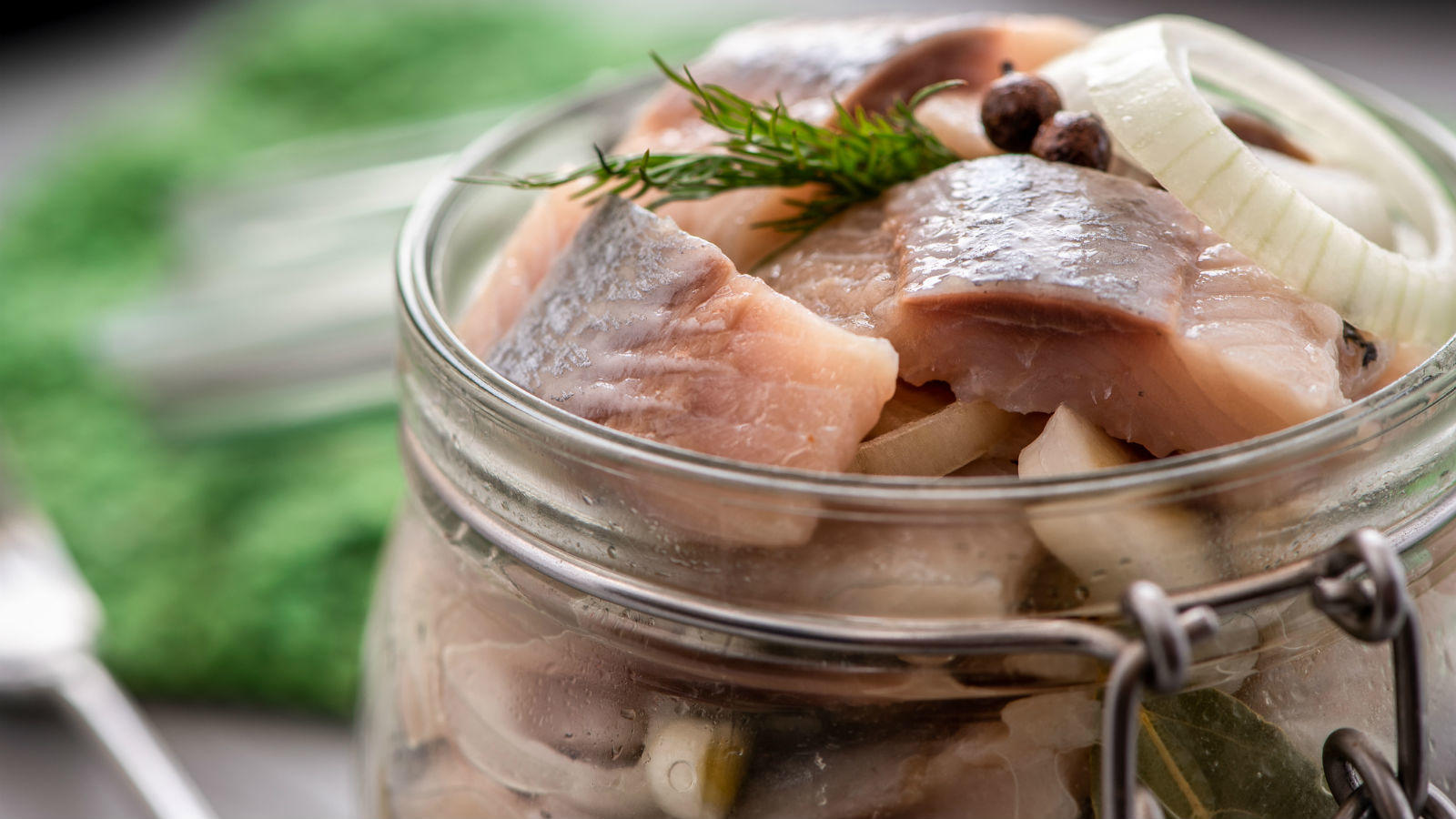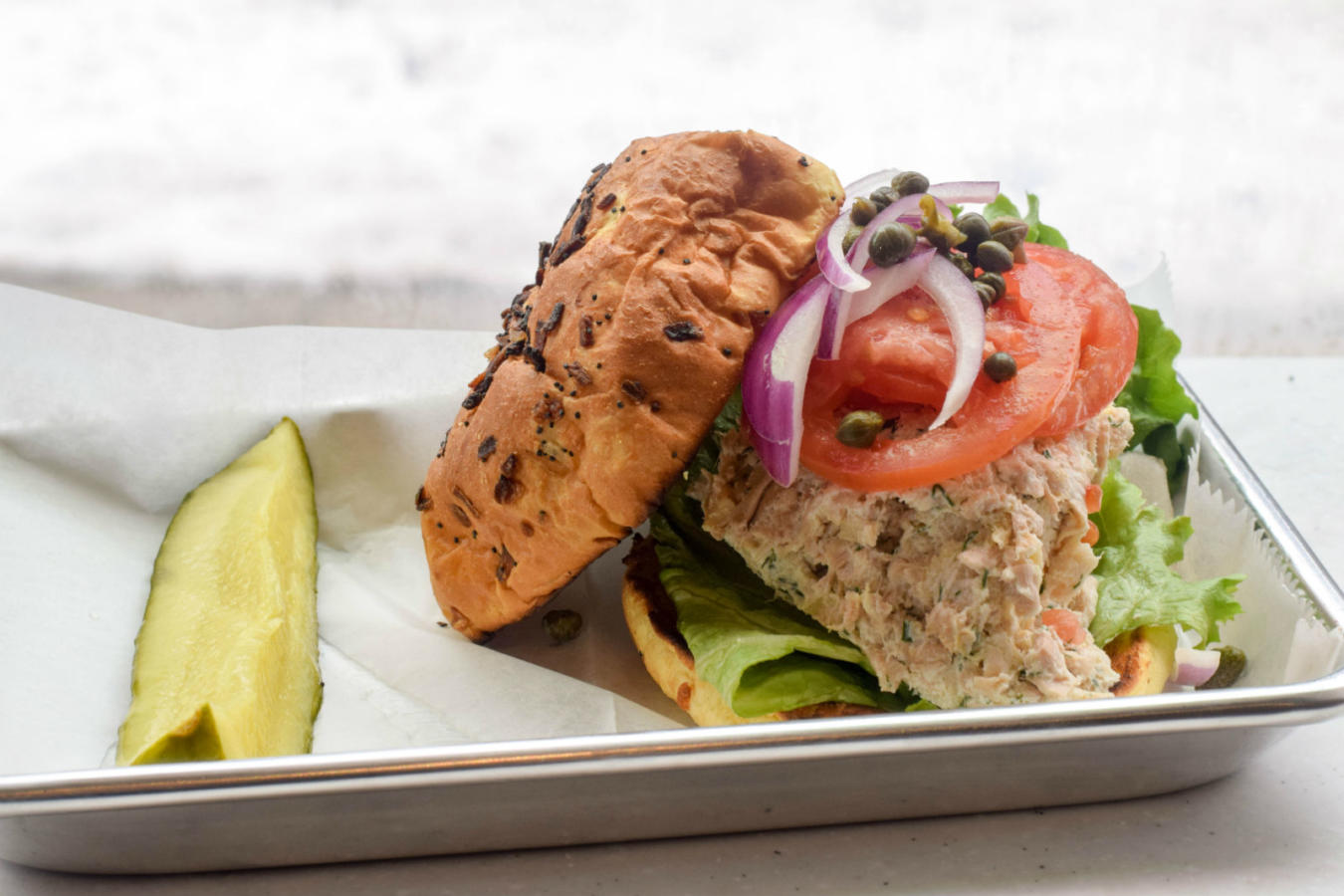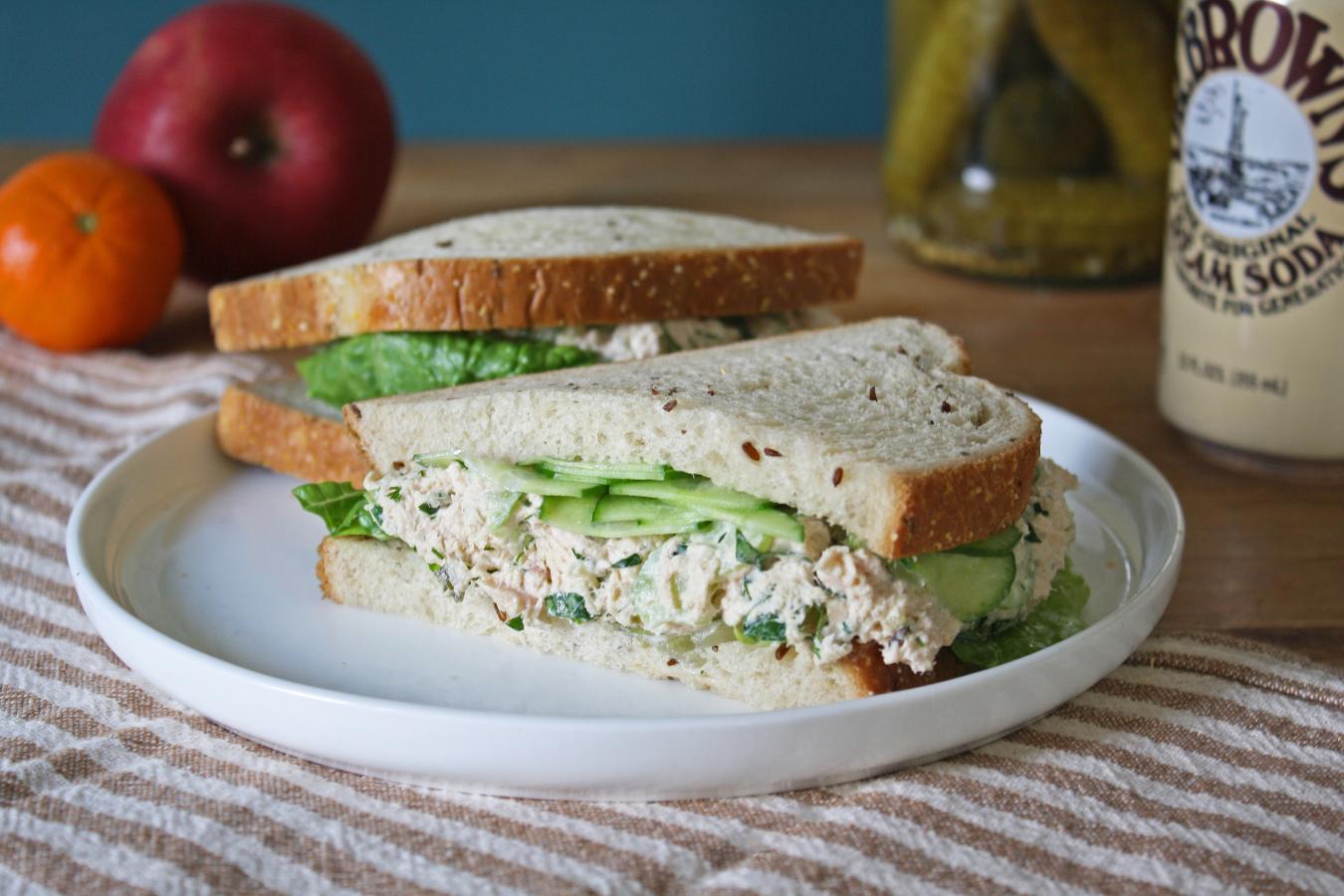Tinned fish is having a total moment. A relatively recent darling of Instagram foodies — and longtime love of food writers, the tightly packed maritime morsels are finally enjoying their day in the sun after years of being called “gross” and “fishy” by the uninitiated. In her “A Love Letter to Canned Food,” The New York Times food columnist Melissa Clark sang the praises of sardines, anchovies and tuna. Cookbook author Alison Roman dubbed a “tiny-fish evangelist” by The New York Times, has had a hand in the mainstreaming of tinned fish, with her viral recipe for Caramelized Shallot Pasta (#ThePasta), which uses an entire tin of anchovies. And in her 2019 cookbook, “Nothing Fancy,” Roman shares a recipe for Crushed Baby Potatoes with Sardines, Celery, and Dill — essentially shtetl food with better lighting.
Throughout lockdown, tinned fish, already trending, saw a surge in interest, with cookbooks like Bart Van Olphen’s “The Tinned Fish Cookbook” and Chris McDade’s “The Magic of Tinned Fish” hitting bookstore shelves over the last 18 months. Abundantly available from grocers and online retailers, and easy to store for the long haul, tinned fish was a natural choice for lockdown cuisine, when food shortages were at the top of everyone’s mind. According to a study quoted in The Forward, “the canned fish market in the United States is supposed to reach $27.8 billion by 2025.” That’s a lot of sardines.
But enjoying preserved fish is nothing new; it’s a global practice as old as time, especially for Jews, for whom fish plays a vital role in both culture and cuisine. One of the simplest and most elucidating reasons for the prevalence of fish in the Jewish diet is that fish is pareve (considered neither dairy nor meat), making it affordable, accessible and appropriate for just about any meal. As the Jews made their exodus from Egypt, lamenting the loss of the abundant fish that inhabited the Nile, they began to adapt to new species of fish and various methods of cooking them, and perhaps no means of preparing fish is more elemental to Jewish cooks than those meant for preservation: pickling and smoking.
Consuming fish is an integral part of several ritual Jewish meals — and in many cases, it must be pickled. During Yom Kippur break-fast, eating fish, a symbol of fertility and a pareve protein that requires little preparation, is customary, especially pickled herring. According to Gil Marks’ “Encyclopedia of Jewish Food,” “Among Chasidim, pickled herring became a traditional Hanukkah dish. A favorite Ashkenazic cold salad consisted of finely chopped herring mixed with onions, hard-boiled eggs, and sometimes apples.”
The Nosher celebrates the traditions and recipes that have brought Jews together for centuries. Donate today to keep The Nosher's stories and recipes accessible to all.

“The renaissance that’s happening with preserved fish is special to see because Jews have been consuming these products for hundreds of years, and they never really went out of style in the Jewish community,” says Naftali Engel, owner of The Rebbe’s Choice, a retailer that specializes in herring and other appetizing foods, including honey-mustard-sriracha and smoky za’atar herring. Engel started The Rebbe’s Choice in 2014 while studying in Israel because he missed the herring selection he grew up with in the U.S.
The herring trade traces its roots to Europe, where, according to Israeli food historian Shmil Holland, it was for Jews, by Jews from the 15th century onward. Jewish immigrants brought herring with them to the new country in the late 19th century, where they set up as street peddlers, selling newspaper-wrapped herring from a wooden barrel. (In fact, it was herring preservation that eventually led to the preparation of smoked salmon and gravlax, as salmon became more popular in the 20th century diet.) As New York City began to change in reaction to the influx of immigrants, those sidewalk merchants were pushed toward indoor stalls and eventually began opening storefronts, like the Lower East Side institution, Russ & Daughters.
In “Russ & Daughters: Reflections and Recipes from the House that Herring Built,” third generation Russ & Daughters owner Mark Russ Federman explains, “A poor immigrant would take home and unwrap the herring, put it it in a cast-iron skillet with some sliced potatoes and onions, and then cook the dish in a coal-fired stove. With thick slices of black bread or rye or leftover Sabbath challah, this was a meal for an entire family. Those who lived in even more dire circumstances than the average poverty-stricken immigrant could make a single schmaltz herring last for two meals. For the first meal, the herring was rubbed on a piece of bread, leaving behind a layer of fat; the fish itself was saved for another meal.”

While herring stands out as the most obviously Jewish preserved fish, other tinned specimens like whitefish, tuna fish, mackerel, sable and the various preserved forms of salmon (smoked! Kippered! Gravlax!) are all part of the Jewish experience. In the “Encyclopedia of Jewish Food,” Gil Marks shows how landlocked North Eastern Europeans came to rely on whitefish: “Considered a trash fish by some, whitefish was relatively inexpensive, but still primarily a Sabbath and festival food. Whitefish, pike, and carp constituted the trio of traditional types of fish used to make gefilte fish.” As they immigrated to the U.S., Marks continues, “Ashkenazim in America found species of whitefish from the Great Lakes nearly identical to those of Eastern Europe, and soon golden-colored smoked whitefish — as well as lox and smoked sablefish (also called “black cod”) — became standard in Jewish delicatessens and appetizing stores and also emerged as Ashkenazic culinary icons.”
A staple of delicatessens, canned tuna is another quintessential Jewish food. In Why Jews are So Obsessed with Tuna Salad, Sonya Sanford explains, “The rise of tuna coincided with the rise of Jewish delis as central gathering places for Jews in the 1920s. As tuna became readily available and desirable, tuna salad became a part of Jewish deli offerings. After all, delis were already serving a similar salad made of whitefish.”

The quarantine-born tinned fish retailer, Fishwife, brainchild of Jewish entrepreneurs Becca Millstein and Caroline Goldfarb, sells canned smoked tuna and smoked rainbow trout (soon to introduce smoked salmon) as well as a just-launched line of tinned sardines. The brand was almost immediately embraced, thanks in equal measure to the high quality and sustainability of the product and Fishwife’s charming branding that depicts a shmata-clad fishwife in vivid colors. Millsteen says her heritage of tinned fish connects back to her grandparents, who subsisted on canned tuna while both were medical students in Brooklyn; while co-founder Goldfarb remembers her Iranian mother packing tins of fish in her school lunches, to the ridicule of classmates.
The popularity and rapid growth of brands like Fishwife and The Rebbe’s Choice are a sign of the fervor for tinned fish, a trend that shows no signs of slowing down as consumers gravitate toward more sustainable, nutrient-dense foods; but it’s important to reflect on the role of preserved fish throughout Jewish history. Naftali Engel surmises, “[Fish] tastes good, it keeps us healthy.. and besides all the other reasons for the longevity of the Jewish people, I think that could be one of them — we’ve always been eating fish.”



